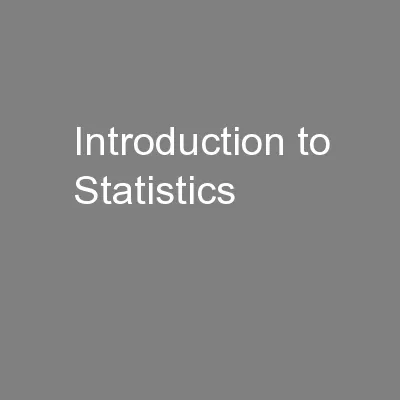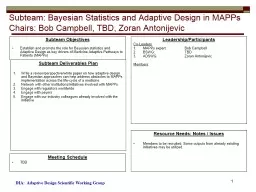PPT-An Introduction to Statistics and Research Design
Author : danika-pritchard | Published Date : 2018-03-14
Chapter 1 Two Branches of Statistics Descriptive statistics Organize summarize and communicate numerical information Inferential statistics Use samples to draw
Presentation Embed Code
Download Presentation
Download Presentation The PPT/PDF document "An Introduction to Statistics and Resear..." is the property of its rightful owner. Permission is granted to download and print the materials on this website for personal, non-commercial use only, and to display it on your personal computer provided you do not modify the materials and that you retain all copyright notices contained in the materials. By downloading content from our website, you accept the terms of this agreement.
An Introduction to Statistics and Research Design: Transcript
Download Rules Of Document
"An Introduction to Statistics and Research Design"The content belongs to its owner. You may download and print it for personal use, without modification, and keep all copyright notices. By downloading, you agree to these terms.
Related Documents














